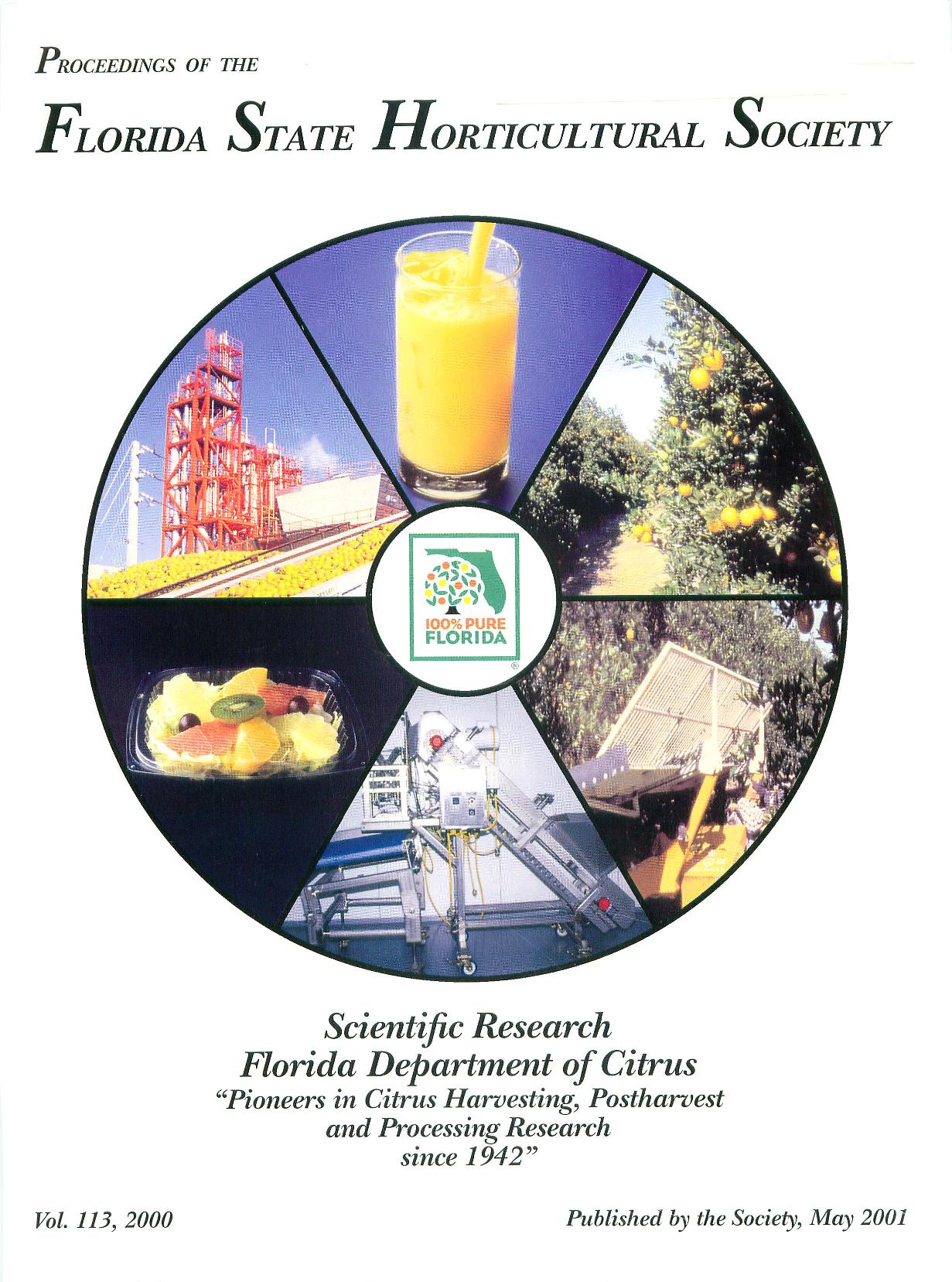Ornamental
Abstract
Irrigation and nutrient management practices research was conducted to develop recommendations for nitrogen best management practices (BMPs) for leatherleaf fern [Rumohra adiantiformis (Forst.) Ching] production. Primary research components consisted of a literature review, an onfarm grower survey, creation of a geographical information system soils database, experiments using gravimetric Iysimeters, larger scale experiments in research shadehouses, and field studies at commercial ferneries with surficial aquifer monitoring. None of the previous research on leatherleaf fern had a leachate water quality component. Using Iysimeters, crop water use was found to be only about 50 cm-yr1 due to reduced radiation and other factors inside the shadehouse. For established fern, commercially acceptable frond yields and quality, as well as leachate nitrate-nitrogen concentrations below the maximum EPA limit of 10 mg-Lr1 were obtained with nitrogen application rates from 114 to about 335 kgha-1yr1.For newly planted fern where only a small portion of the land area being fertilized is actually occupied by plant material,leachate concentrations generally did not exceed EPA limits as long as N application rates were below about 85 kg*ha~1*yr1.
However, frond yields were reduced at the lower N application rates. Additional information used to develop the BMPs were small scale greenhouse fertilization and leaching studies, estimates of nutrient withdrawals due to crop harvesting, field observations, and research from other crops.

